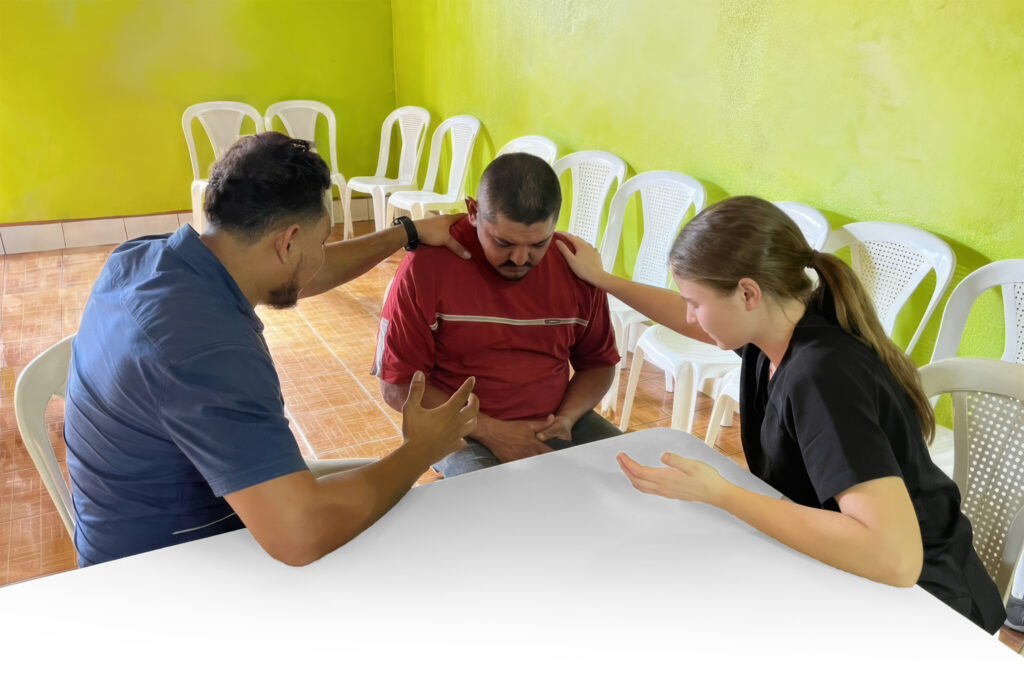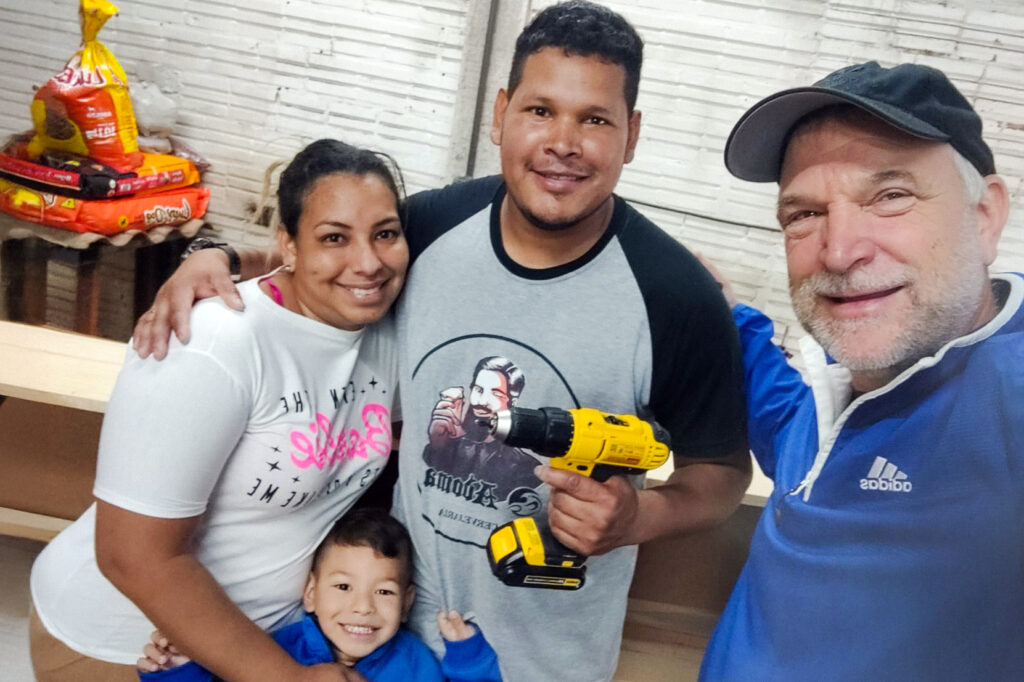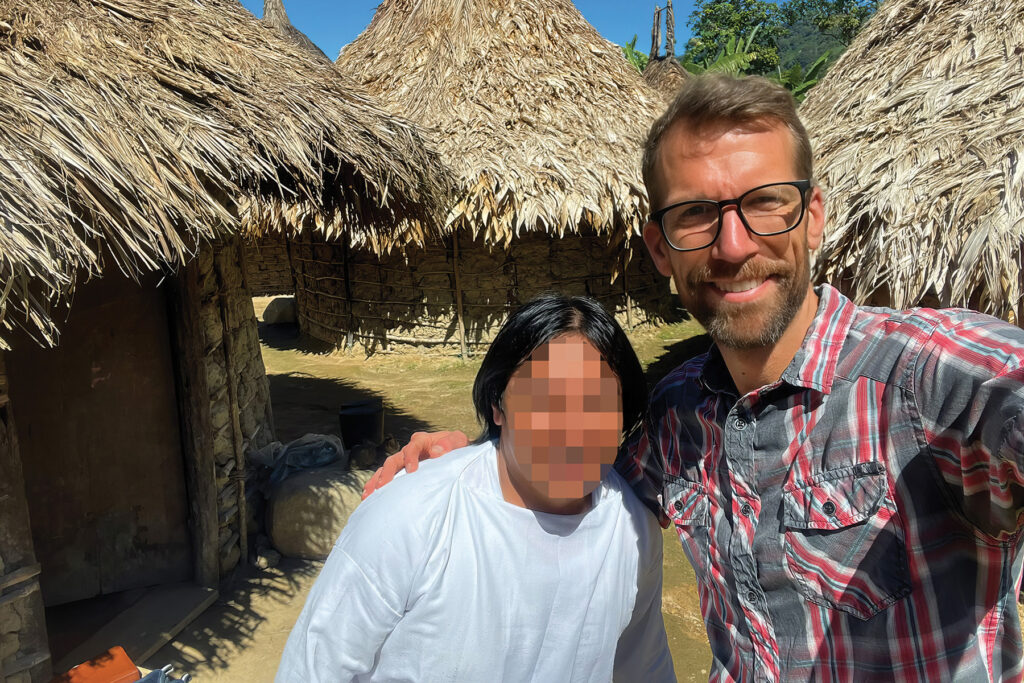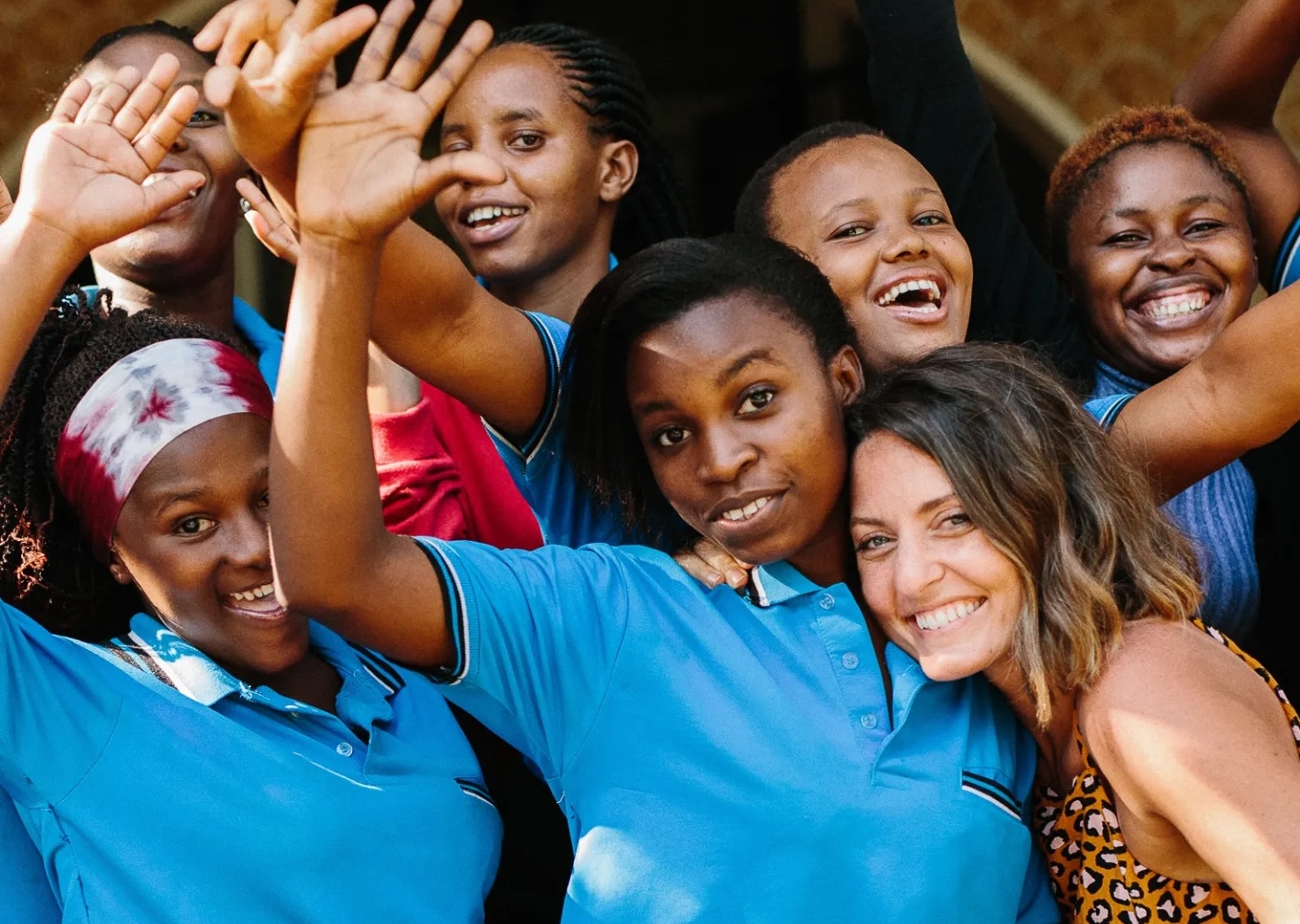Soon after I stepped off the plane into the sweltering heat, I became aware of two things: my luggage hadn’t arrived and the man in front of me was being pick-pocketed. A small smile crossed my face. Welcome to Africa.
With nothing more than what I carried on my back and an unhealthy fear of snakes, I climbed into a weathered SUV with ABWE missionaries, Dave and Doris Totman, and began the bone-jarring journey east across Ghana into the bordering country of Togo.
As we drove through towns and villages, people saw us coming and enthusiastically waved. Despite the 100-degree heat, one man wore a pair of women’s furry UGG boots. Another grinned and pointed at his English T-shirt, which read “Baby on Board,” with an arrow pointing down to his stomach.
It was 2010 and I was traveling to Mango, a small city in northern Togo, for the groundbreaking of the missions’ largest building project to date — a $6 million, 43-bed surgical hospital and ministry center called the Hospital of Hope, built in honor of ABWE’s former president, Dr. Wendell Kempton.
Medical Missions Providing For Dire Needs
While Mango already had a hospital, it was known by the locals as “the place where people go to die.” Each week between 10-to-20 children and adults died in Mango from preventable diseases — and all never having heard the good news. Things were so bad that a government surgeon appointed to serve at the hospital refused to go to Mango.
Government officials began asking ABWE to help — giving us a prime opportunity to establish a powerful ministry in the 10/40 Window — an area known for containing the largest population of non-Christians in the world. These officials had heard about the quality of care at ABWE’s Karolyn Kempton Memorial Christian Hospital located 250 miles to the south, and they wanted their own hospital in the north.
Good medical care is extremely scarce in West Africa. For every 100,000 people in Togo, there are only four doctors, compared with 256 doctors in the United States. As a result, most people rely on witch doctors or tribal doctors to attend their medical needs — often causing more harm than good.
I witnessed some of these horrors firsthand when I visited ABWE’s southern Togo hospital before traveling north to the groundbreaking. Walking through the hospital ward, doctors pointed out two teenage girls who sat covering infected wounds on their bellies. They had sought help from their local “doctors” after being raped, and instead ended up receiving primitive abortions that, if they survived, might prevent them from ever having children. On a bed nearby, a woman who had been bitten by a dog almost a year earlier was dying of rabies. She hadn’t sought medical attention until it was too late, and now she appeared manic, her eyes darting wildly back and forth as she struggled to live a few more hours.
Soon, another woman arrived looking nine-months pregnant. I watched as doctors discovered a tumor on her uterus that had been growing for almost eight years. It was slowly taking over her abdomen, and her kidneys could no longer function. She grabbed at her husband’s hand as she was whisked away to have a surgery that saved her life.
Never before had I seen such extreme conditions, and I quickly understood why God had called us to this country and these people. Not only were we providing medical treatments by trained professionals in a sanitary environment, but our staff was also praying with, encouraging, and introducing patients to God’s love.
The spiritual outcome of the medical work at the Karolyn Kempton Hospital in Togo has been incredible. More than 2,000 patients profess faith in Christ every year and upwards of 40 churches and 16 Christian schools can all be traced back to this medical ministry.
Having seen the success of this type of ministry, we dreamed of the spiritual impact another hospital could have, especially in a Muslim-majority area like the city of Mango.
A Dream Realized
Fast forward to March 2015. We are now seeing our dreams for Mango becoming a reality.
After six long years of fundraising, prayer, recruitment, training, and construction, a hospital complex spans across a once empty field and 141 trained staff members are on site, serving the people of northern Togo.
From the Togolese students who were dismissed from school early to help haul rocks from the property, to the men who toiled in the sun to dig trenches, haul cement, and build thousands of blocks by hand, the people of Mango had worked hard for this day. But they were not alone. More than 550 North American volunteers donated their time and talents to push the project to completion. And in the face of an economic recession, ABWE donors rallied behind the project to raise more money than any other project in the mission’s history.
When it came time to celebrate the hospital’s grand opening, several thousand people poured into the streets, surging toward the hospital complex. Soldiers, brought in to help with the crowd, tried to control the masses as they vied for the best view by climbing on trees and shoulders.
As missionary Judy Bowen took in the scene of the completed campus, one man said to her, “You have brought life to Mango! We thank God!” His sentiment could be echoed by the whole town.
From start to finish, the hospital has truly been a labor of love and an amazing display of God’s faithfulness.“As we look over the past five years of construction and preparation, we see that God has been in control of every detail and has accomplished what others might consider to be impossible,” reflected Alain Niles, ABWE missionary and hospital director.
Open Doors
Ever since ABWE missionary and Medical Director Todd DeKryger and the President of Togo cut the ribbon to the Hospital of Hope on February 26, 2015, patients have flooded in. The day the hospital opened more than 200 people were seen, and before noon, clinic appointments were booked for the whole week.
Two months later, more than 3,500 patients hailing from all over West Africa have already received treatment. Babies have been born. Broken bones have been mended. Ten people, who would have otherwise died, have been given anti-venom and saved from poisonous snakebites. Five patients have professed faith in Christ.
One man traveled for three days and arrived at the hospital weathered and exhausted. Not understanding the check-in procedure, he found a bed and lay down. Soon, he was being treated, prayed with, and told the good news of Jesus Christ.
Down the hall, a woman was told she had a life-threatening illness and asked a chaplain if she could learn to pray. He shared how she could build a personal relationship with God through prayer.
“If you hadn’t told me this news, I would have never found out about Jesus,” she said to the chaplain. Later, hospital staff provided her with an audio recording of the gospel in her language so she could listen and continue to learn.
Even the wife of a local prominent Muslim healer came to the hospital after her husband was unable to cure her. Missionaries were able to pray for his wife in Jesus’ name and showed them the “Jesus Film.” If his village found out he came to the hospital, it could shut down his business, but he admitted to doctors that the power of God was stronger than his powers. Later, hospital staff overheard the couple talking about Jesus and what they were learning.
“The Hospital of Hope has only been open [for a short time], and already there are so many stories coming from the ministry every day,” said ABWE missionary nurse Melissa Friesen. “We had thought that the initial flood of patients would die down after the novelty of the new hospital wore off, but the clinic continues to overflow with new patients.”
In fact, even though the hospital’s limited staff continues to work at maximum capacity, they are still forced to turn away more than 100 people a day.
The Hospital of Hope has only been open [for a short time], and already there are so many stories coming from the ministry every day.
True Impact
It is amazing for me to see that the barren, desolate field where I stood five years ago for the groundbreaking has been utterly transformed into a bustling, modern medical facility that is changing the community of Mango forever. And while the full spiritual impact of the hospital remains unknown, in God’s hands, the opportunities are endless.
As one ABWE missionary reported, “I’ve shared the gospel and prayed with more families in the [first two days of the hospital’s opening] than I had in the past two months. Never have I had such opportunities to enter the lives of families in the community and surrounding villages.”
“It astounds us just how many people say that they have never heard that God loves them, let alone that they can have a personal relationship with Him,” adds Kelli Thayer, ABWE missionary in Togo.
Staff members and a hospital chaplain pray over the Hospital of Hope’s first patient, Mauwena. She came for medical treatment after an aerosol can was thrown into a nearby fire and it exploded, causing extensive burns on her face, neck, arms, and upper chest. Mauwena could have been killed, but God’s grace and the treatment she received saved her life.
Recently, an older patient approached a hospital chaplain and asked, “What kind of place is this where you walk around and pray for the patients?”
The chaplain smiled kindly and asked the older man what he thought about it.
“I think it is a very good thing,” the man replied. “Can I pray too? And will you come bring this news to my village?”
This is what the Hospital of Hope is all about. And I pray that our efforts have prepared this land for God’s work and make His name known.





